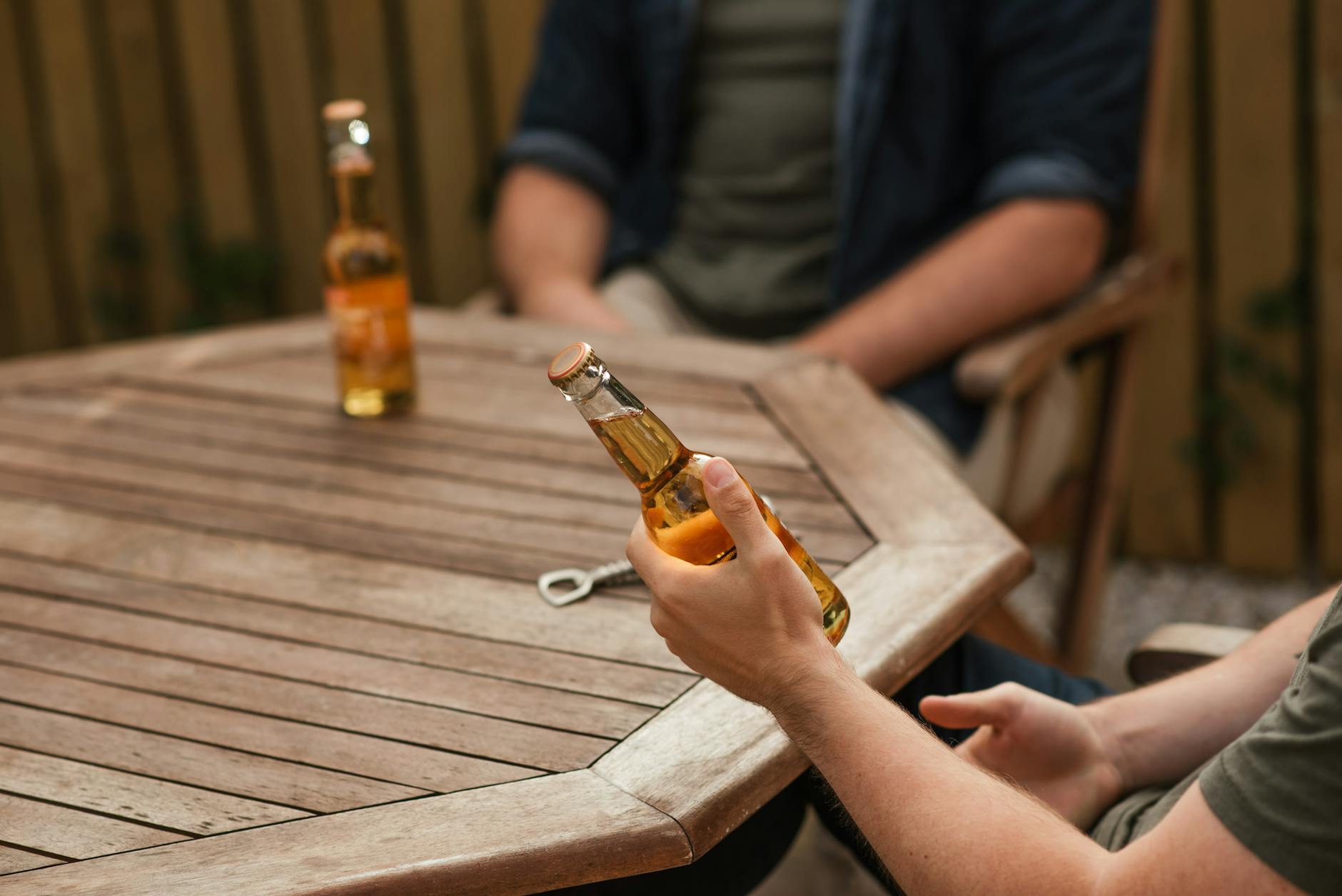Unlocking the mystery of alcohol tolerance: Discover the surprising factors that influence how many beers it takes to feel tipsy.
Table of Contents
Have you ever wondered how many beers it takes to get drunk? It’s a common question, but the answer is not as simple as you might think. Understanding the science behind alcohol metabolism, individual tolerance levels, and various factors influencing intoxication can help shed light on this intriguing question.
When it comes to alcohol consumption, different individuals have varying tolerance levels and reactions to alcohol. Factors like gender, weight, genetics, and overall health play a significant role in how alcohol is metabolized in the body. Blood alcohol content (BAC) is a key indicator of intoxication levels, and it can vary depending on the type and amount of alcohol consumed.
The Science Behind Alcohol Metabolism
alcohol metabolism begins as soon as you take your first sip. The liver is responsible for breaking down alcohol into acetaldehyde and then further into acetic acid, which is eventually eliminated from the body. Factors that affect alcohol metabolism include enzyme levels, hydration status, and the presence of food in the stomach.
Individual Tolerance Levels
Everyone’s tolerance to alcohol is different, with some people able to handle more drinks than others. Factors that influence tolerance include how frequently a person drinks, their overall health, and whether they have built up a tolerance over time. Binge drinking can quickly raise your BAC to dangerous levels, so it’s important to know your limits and drink responsibly.
Various Factors Influencing Intoxication
Aside from individual tolerance levels, there are other factors that can influence how alcohol affects you. Mixing alcohol with medications, energy drinks, or other substances can have unpredictable consequences. Emotions, stress, and environment can also impact intoxication levels, making it essential to be mindful of your surroundings when drinking.
Knowing when to stop is crucial when it comes to alcohol consumption. If you feel yourself becoming intoxicated, it’s important to slow down or stop drinking altogether. Seeking help if you or someone you know is struggling with alcohol abuse is also essential for maintaining a healthy relationship with alcohol.
Ultimately, there is no one-size-fits-all answer to the question of how many beers it takes to get drunk. By understanding the science behind alcohol metabolism, individual tolerance levels, and various factors influencing intoxication, you can make informed decisions about your alcohol consumption. Remember to drink responsibly, know your limits, and prioritize your health and safety above all else.
So, next time you find yourself pondering how many beers it takes to feel tipsy, remember that it’s not just about the number of drinks you consume. It’s about understanding your body, knowing your limits, and making responsible choices when it comes to alcohol. Cheers to informed drinking!
FAQ
How does body weight affect alcohol tolerance?
Body weight plays a role in alcohol metabolism, with heavier individuals often requiring more drinks to feel tipsy due to a higher volume of body fluids to dilute alcohol.
Can genetics influence alcohol tolerance?
Yes, genetics can impact how efficiently the body metabolizes alcohol, affecting tolerance levels and how quickly intoxication occurs.
Why do some people get drunk faster than others?
Factors like enzyme levels, hydration, and food intake can influence alcohol metabolism, causing variations in how quickly individuals become intoxicated.
Is it safe to mix alcohol with other substances?
Mixing alcohol with medications or energy drinks can have dangerous effects, so it’s best to avoid combining alcohol with other substances to prioritize your health and safety.
Generated by Texta.ai Blog Automation


Leave a Reply